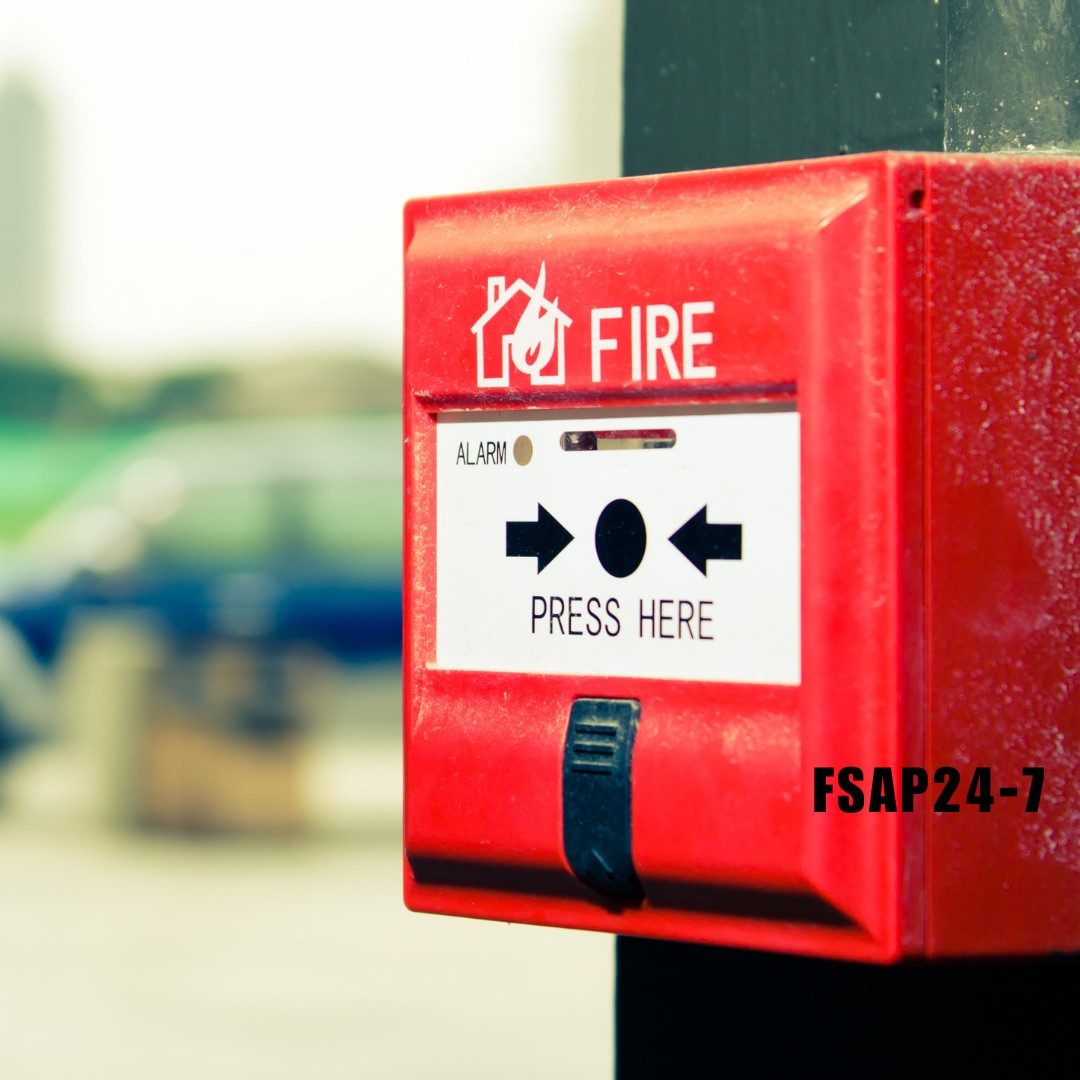Beyond Alarms: The Vital Role of Suppression Systems in Modern Fire Safety
In the realm of home fire safety, the installation of fire alarms has long been a cornerstone of preventive measures. However, as technology advances and the quest for enhanced safety grows, the spotlight is increasingly turning towards the integration of suppression systems. While traditional fire alarms play a crucial role in alerting occupants to potential threats, suppression systems take fire safety to the next level by actively combating the source of the fire. This blog explores the significance of fire alarm suppression systems in modern home safety.
The Evolution of Home Fire Alarm Installation:
Fire alarms have come a long way from their humble beginnings as simple smoke detectors. Modern home fire alarm systems are equipped with advanced features such as heat sensors, carbon monoxide detection, and smart technology integration. These innovations have undoubtedly improved response times and provided homeowners with a sense of security. However, the evolution of fire safety doesn't stop at alarms; it extends to the implementation of suppression systems.
Understanding Fire Alarm Suppression Systems:
Fire alarm suppression systems go beyond mere detection; they actively engage in preventing and suppressing fires. These systems are designed to release fire-extinguishing agents automatically, addressing the fire at its source and often containing or extinguishing it before it can escalate. Common types of suppression systems include sprinklers, gas-based systems, and foam-based systems, each tailored to specific environments and fire risks.
The Advantages of Integration:
1. **Swift Response**: While fire alarms serve as essential early warning systems, suppression systems act instantly to combat the fire. This swift response can be critical in preventing the spread of flames and minimizing damage.
2. **Reduced Property Damage**: Suppression systems are effective in containing fires, leading to less property damage. In many cases, they can even extinguish the fire before emergency responders arrive, preventing further destruction.
3. **Protection of Valuables**: Beyond the safety of occupants, suppression systems help safeguard valuable possessions and irreplaceable items within the home. This added layer of protection can prove invaluable in the event of a fire.
4. **Lower Insurance Premiums**: Some insurance providers offer discounts for homes equipped with fire suppression systems. The reduced risk of extensive fire damage makes these homes less of an insurance liability.
5. **Customizable Solutions**: Suppression systems can be tailored to the specific needs of a home. Different systems are available for kitchens, living spaces, and other areas with unique fire risks, providing a comprehensive approach to safety.
Challenges and Considerations:
While the benefits of fire alarm suppression systems are evident, their installation and maintenance require careful consideration. Homeowners should work with certified professionals to ensure proper installation and regular inspections, ensuring the system remains in optimal condition.
Conclusion:
As technology continues to redefine the landscape of home safety, the integration of fire alarm suppression systems emerges as a crucial step forward. While traditional fire alarms serve as essential warning systems, suppression systems actively engage with the threat, providing homeowners with a comprehensive approach to fire safety. The investment in these advanced systems not only protects lives but also minimizes property damage, making them a valuable addition to modern homes striving for enhanced safety standards.
